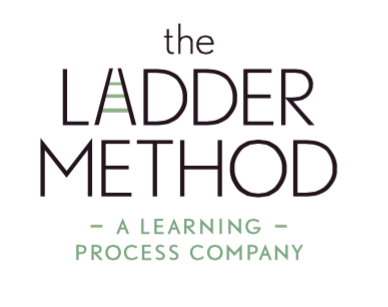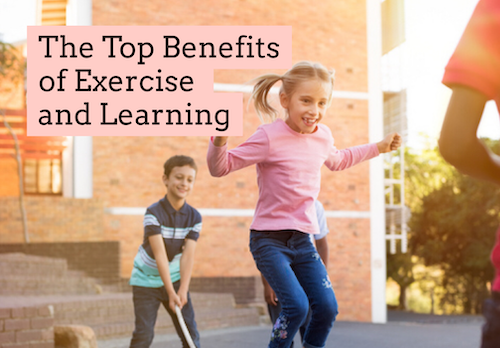Teaching Mindfulness to Your Tech-Addicted Teen
Mindfulness has become a word that is nearly ubiquitous in our world today. But what is it, and how can it benefit your and your student’s life?
The Basics:
At the simplest level, mindfulness can be defined as:
“The basic human ability to be fully present, aware of where we are and what we’re doing, and not overly reactive or overwhelmed by what’s going on around us.” (1)
So from that definition, we can see that all humans have the ability to be mindful and present in our lives. And living in a mindful way can be hugely beneficial. Many studies have proven mindfulness meditation to be incredibly helpful in reducing anxiety and stress. (2)
But with today’s technology, living mindfully is harder than ever. The constant influence of social media and technology makes it almost impossible to live in the moment, as we are constantly exposed to other people’s lives and our own pasts.
Among teens, the effects are even more pronounced. When teens scroll on social media, they are often comparing themselves to others, which is of course very detrimental to the goals of mindfulness and living mindfully. (3) And higher levels of stress and anxiety can send them spiraling down a hole in terms of grades and mental health. So what practices can teens practice in order to live mindfully in an age dominated by social media?
Best Practices:
7/11 and other Breathing Work:
No, not the corner store with the slushies. 7/11 in mindfulness refers to a breathing practice in which one inhales for seven seconds, and then exhales for eleven seconds, all while focusing only on the breathing. This kind of exercise slows down the heart rate and lowers blood pressure. Not only does this have future health benefits, but it lowers stress levels in the body as well. (4) This can be the most valuable thing for teens when it feels like everything is happening all at once. Other than 7/11, mindfulness teaches that simply closing your eyes and focusing on the inhale and exhale can have the same benefits.
Scroll Mindfully:
The best choice for mindfulness would for teens to avoid social media entirely, but that doesn’t seem particularly likely. So the only option is to figure the most mindful way to use these ubiquitous technologies.
In his book “Growing up Mindful,” Dr. Christopher Willard lays out some excellent tips for using social media mindfully. One tip is to incorporate breathing exercises such as 7-11 into your scrolling. “Close your eyes and focus on your emotional state for three breaths before you begin to engage,” Willard writes. This promotes awareness of the emotions that social media brings out.
Another tip is based on science. Studies have shown that when we look through the curated social media pages of our peers, we feel worse about ourselves. But they have also shown that when we look at our own pages, we can feel happier. (5) So when scrolling, it can be beneficial to look through your own pages and be reminded that you also have great stuff happening!
Gratitude and Assets:
This is a practice that we actually make use of in the TLM office. Carve out a time every day (before bed or right when you wake up are both good choices) and write down three things you’re grateful for, and three assets that you value in yourself. This practice, and others like it, help refocus the brain on all the good things in life and has been linked to lower levels of anxiety and depression. (6)
Practicing mindfulness has been proven to lead to lower levels of stress and anxiety, issues that are facing today’s teens more than any previous generation. By introducing these practices, or any others, into their study times and daily routines, they can achieve both higher grades (and test scores, important for this time of year) and better, healthier lives.
Sources:
https://www.mindful.org/what-is-mindfulness/
https://doi.org/10.1016/j.edurev.2015.12.004
https://childmind.org/article/social-media-stress-mindfulness/
https://www.healthline.com/health/diaphragmatic-breathing#benefits
https://www.mindful.org/before-you-scroll-try-this-social-media-practice/
https://greatergood.berkeley.edu/article/item/why_gratitude_is_good








